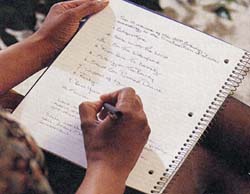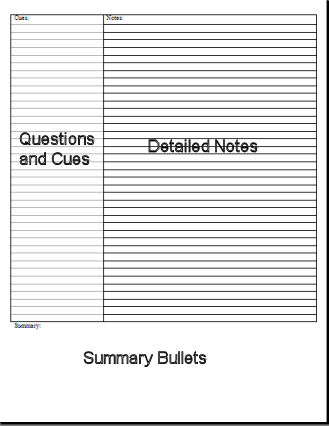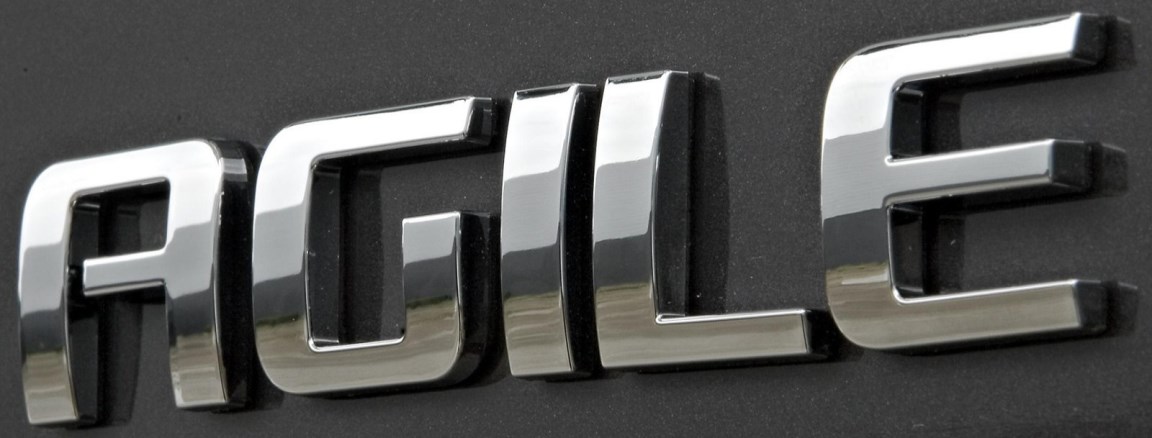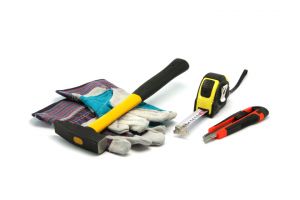 Ok, so a lot of folks nowadays will type their meeting notes directly into their laptops, and that’s not a bad thing. It certainly saves time.
Ok, so a lot of folks nowadays will type their meeting notes directly into their laptops, and that’s not a bad thing. It certainly saves time.
However, there are situations where the old pen and paper is not a bad thing. I, for example, am still a traditional pen-and-paper note taker. Much like in college, I find that I retain things better in my memory if I jot them down, and then enter them electronically into a more “official” format.
Also, if, Heaven forbid, I should lose my electronic copy, I like to have a hard, handwritten copy laying around. Call me old fashioned.
Ok, so we’ve established the fact that manual note taking is not a bad thing, and that I do it myself. Great. So what’s my point?
Well, I recently came across a method for note taking that I’ve really come to like. It helps the note-taker to retain information, and also makes it easier to scan old notes for key information. The method is the Cornell note-taking method.
Basically, the sheet of paper is laid out something like this:

For standard use of the template, you take detailed notes in the larger section to the right, and then write down questions and cues that you’ll look to later when reviewing the notes in the narrow column to the left. For example, when it came time to study the notes, I could drill myself by covering up the detailed notes, and reading off the cue questions.
The bottom, blank section is used to capture the main points of emphasis. This way, when you quickly page through your notes looking for a certain topic, you can just look to the summary bullets instead of having to meander through the detailed notes.
If you’re interested and want to try it out, here are some links to some Cornell notes templates that are available on the Web:
- DIY Planner provides a 5.5″ x 8.5″ template in PDF format.
- I’ve done an 8.5″ x 11″ template myself in MS Word. Note: With mine, I’ve done 2 pages for duplex printing.
If what I have here doesn’t work for you, just Google “Cornell notes” to get a host of other descriptions and templates.
In summary, I like the Cornell method. It works for me. I think the important thing is just to develop a personal standard for note taking that works for you so that reviewing old notes will make more sense, and reviewing recent ones is as productive an exercise as possible.




Jonathan:
I found this post quite helpful and posted a link to it at:
Good Note Taking Means More Efficient Requirements Elicitation
Jonathan:
I found this post quite helpful and posted a link to it at:
http://www.it-career-coach.net/2009/01/28/good-note-taki…target=“_blank”>http://www.it-career-coach.net/2009/01/28/good-no…